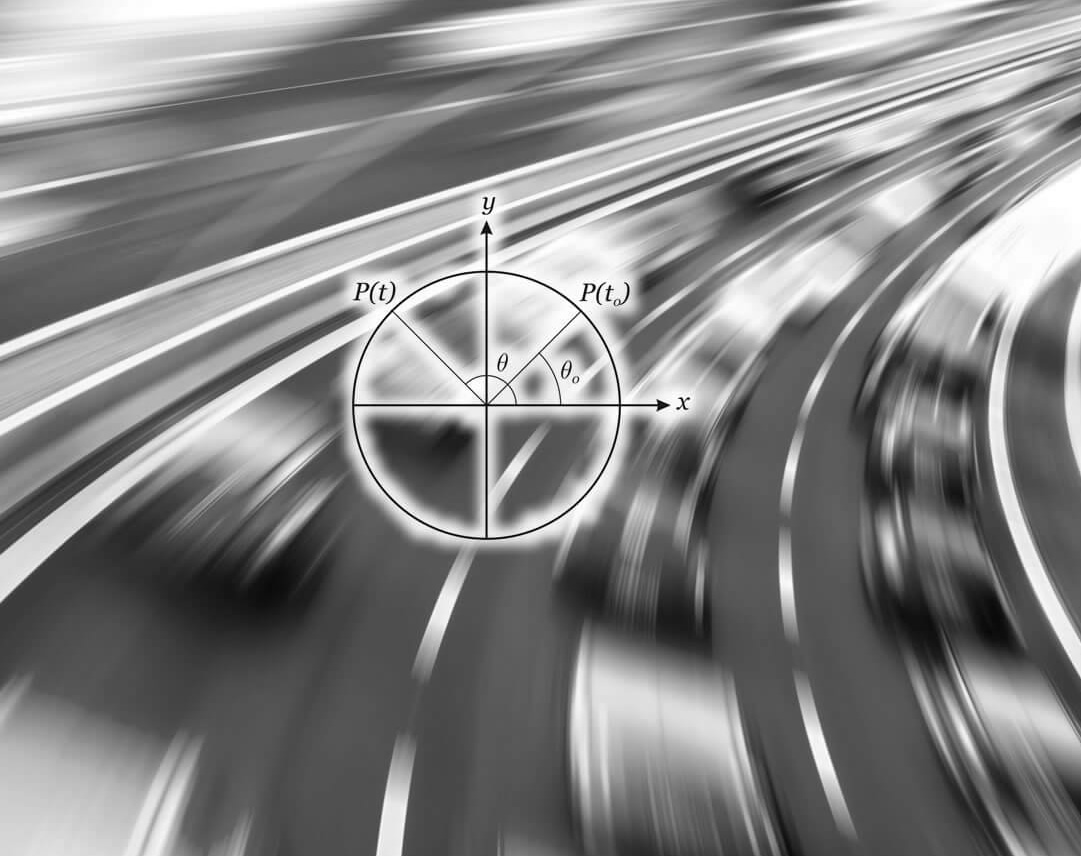 All of us who have a computer use it as the main peripheral for text input, in addition to the fact that some of us “bludgeon” it when something doesn't work out for us, although we later regret it. Yes, it's the keyboard.
All of us who have a computer use it as the main peripheral for text input, in addition to the fact that some of us “bludgeon” it when something doesn't work out for us, although we later regret it. Yes, it's the keyboard.
A keyboard is a peripheral input device inspired directly by the typewriter keyboard, made up of mechanical keys and transmitting each keystroke to the computer or machine to which it is connected.
Early keyboards were virtually identical to electric typewriters in form, mechanics, and functionality.
With the explosion of microcomputers, equipment such as the MSX, Commodore VIC-20, Sinclair ZX81 and Spectrum, and some Commodore Amiga, integrate the keyboard into what is the basic structure of the computer, so that under the keys we can find the CPU, RAM, internal storage, and other basic parts and sections of the computer.
It is with the first PC computers that the keyboard format is standardized between different computers.
In addition to the traditional keys inherited from typewriters, with letters, numbers, punctuation symbols, the carriage return and capital letters, there are also others typical of computer environments, such as the function keys, the escape key (ESC ), and the numeric keyboard for comfortable typing of large amounts of figures, as in accounting programs.
The function keys correspond to shortcuts to functionalities provided by the software programs. software, while the escape key constitutes, as its name suggests, a quick way to get out of a dead end of the program that has been reached by mistake or accident.
Today's keyboards use 101 or 102 keys.
In PC computers we also find special keys to use with the Windows operating system, which allow us to display menus and open the start menu.
These keys are inspired by the special keys (command and option) of Apple Macintosh computers, which the apple company had already been including in its keyboards for several years.
The distribution of punctuation marks and other symbols, as well as various language-dependent letters, depends on each language or region, while the distribution of the most common letters is almost always the same.
This corresponds to the distribution known as QWERTY, a nomenclature that corresponds to the first letters that we find in the upper left part of the letters on the keyboard. This distribution was made based on the frequency of use of the letters and how they are typed, thus facilitating the use of the keyboard with both hands.
There are, however, other key layouts, such as the AZERTY used by Francophones, or the QWERTZ for the Central European area.
We can also find a quite different layout and format on the DVORAK keyboard, whose mission is to reduce the number of mistakes made while typing.
With technological evolution, the keyboard has also undergone changes.
The first has been to unlink a cable to be connected to the computer, connecting to it wirelessly, either using Bluetooth (the most common way), or through the use of proprietary technology.
The second has come from the hand of the screens and touch interfaces, which have led it to be presented on the screen using software. The keyboard, then, has been metaphorized as in its time happened with the physical folders of our desks, which were transmuted into the folders of the file system of our computer desktops.
One last classification to mention. The most common device is the 83-key XT or AT, but there are also the expanded ones of up to 104. The keyboards ergonomic They are designed to provide greater comfort to the user, relaxing the position of their hands and arms. A keyboard multimediaFor example, it includes special keys that directly launch computer programs. A keyboard USB It is the one that uses this port for its connection with the computer and is the standard used in most modern keyboards. Finally, a keyboard wireless It is the one through which communication with the computer occurs through infrared rays or bluetooth technology, avoiding the use of cable.









